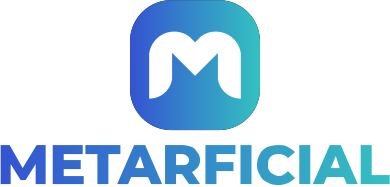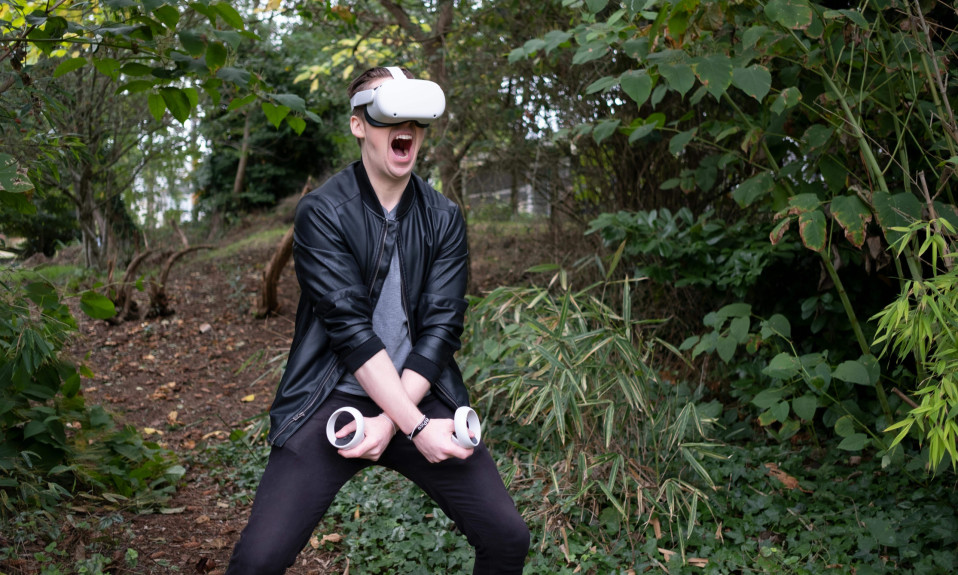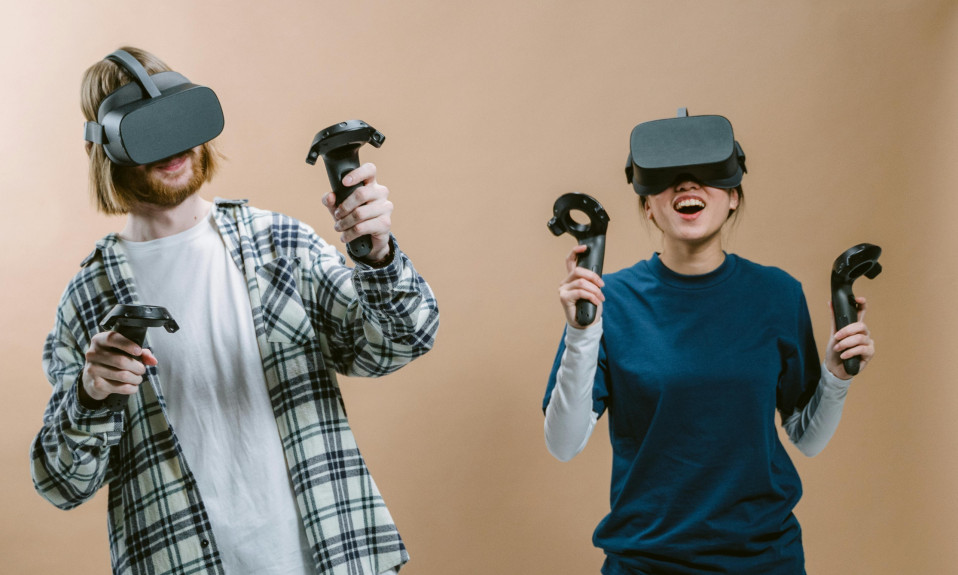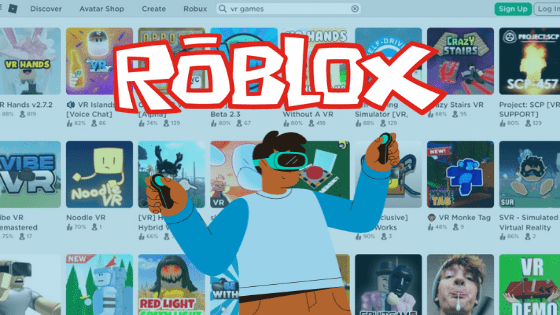The demand for metaverse jobs is at an all-time high as creators, consumer brands, and payment platforms incorporate elements of virtual reality and web 3.0 into their ecosystems.
A 2022 trend report by Newzoo on the state of the metaverse, blockchain, gaming, and NFTs reveals that well over 500 brands are actively involved in building the metaverse.
We reviewed 188 job listings, including job openings from popular brands like Meta, Opensea, Snap, and Nike to find the most sort-after metaverse jobs across the web.
Metaverse jobs can be categorized differently, some require virtual reality workspaces, and others involve building the architecture and framework for the metaverse.
Popular virtual reality platform, Decentraland provides job opportunities for users as floor managers or virtual hosts in its ‘Tominoya Casino.’
Users can also work as ‘virtual human assistants’ on decentral games, a subset of decentraland built as a web 3.0 gaming platform.
This blog post delves into five (5) of the most sort-after metaverse jobs that revolve around building the architecture and framework for an immersive metaverse.
Without further ado, let’s get started.
I do not want a discount, said no one ever! Upgrade your VR setup today with top-tier accessories—use code META20 for 20% off + free shipping on orders over $15. Level up your VR experience now ➡️ Shop & Save!
Quick Navigation
#1 Metaverse Product Manager or Designer
With over 30 listings across the web, product managers or designers are the most sort-after metaverse jobs within the virtual reality landscape.
Martin Erikkson, the founder of ProductTank, defines product management as the intersection where the most important criteria for building a successful product (business, user experience, and technology) converge.
Metaverse product managers and designers are responsible for brainstorming ideas, creating and improving existing products using the framework of the metaverse.
When handled properly, product management and design help brands create products that reflects their goals and objectives while satisfying users’ needs.
Job Requirements for a Metaverse Product Manager and Designer
It’s a no-brainer that metaverse product design and management revolves around creating digital products for users in virtual reality.
Fashion brands looking to hire product managers and designers may require applicants to have some experience designing virtual outfits, skins, and wears for avatars in VR.
As the job title implies, product managers must be able to lead teams of product designers and bring collective creative ideas to life.
Brands involved in game creation may require product designers to be well-grounded in specific programming languages and have a portfolio of recent projects.
Product managers and designers should also be familiar with visual design tools like Figma and Adobe Creative Suite and understand the core components of design, user interface, and user experience (UI/UX).
Responsibilities of a Metaverse Product Designer and Manager
Creating and improving existing products is the primary duty of a product designer.
However, the size of an organization may determine the workload and responsibilities of product managers.
In smaller organizations, the product designer or manager may put on different hats and make informed decisions from the inception to the launch of new and improved products.
On the other hand, large organizations may have teams of staff (UI/UX designers, researchers, programmers, and developers) who may handle different sub-sects of the product development journey.
The responsibilities of a product manager include prioritizing project objectives and working effectively with key players and team members to meet set targets.
Regardless, the responsibilities of product designers and managers are the same, but the specifics may vary due to the evolving metaverse ecosystem and virtual reality landscape.
I do not want a discount, said no one ever! Upgrade your VR setup today with top-tier accessories—use code META20 for 20% off + free shipping on orders over $15. Level up your VR experience now ➡️ Shop & Save!
#2 Blockchain Developer or Smart Contract (DApp) Engineer
Blockchain developers or Smart contracts (DApp) Engineers are software developers responsible for maintaining the architecture of blockchain systems, developing decentralized applications (DApps), and designing smart contracts.
For the metaverse to be void of centralized authorities and governing bodies, virtual reality platforms must adopt decentralized protocols to power their ecosystem.
The responsibility of the blockchain developer includes building the framework for the metaverse using blockchain technology.
Job Requirements for a Blockchain Developer or Smart Contract (DApp) Engineer
Blockchain engineers must possess practical knowledge of computer programming languages for developing decentralized applications (DApps) on the blockchain.
Some requirements include understanding the fundamentals of blockchain architecture, data structures, cryptography, and proficiency in Python, JavaScript, Clojure, and other programming languages.
The Ethereum blockchain is one of the most utilized networks for hosting DApps due to reduced programming time, ease of launch, and several reasons.
Blockchain developers should be conversant with the Ethereum network to deploy smart contracts and build front-end user interfaces effectively.
Responsibilities of a Blockchain Developer or Smart Contract (DApp) Engineer
There are two subsets of blockchain development; core blockchain development and smart contract (DApp) engineering.
Core blockchain development focuses on building blockchain architecture using statistical data, designing protocols, and security patterns, and monitoring the overall performance of networks.
Smart Contract Engineers are responsible for developing software applications on the blockchain. These software applications are called Decentralized Applications (DApps) and execute lines of codes or programs called “Smart Contracts.”
Depending on the job specification, one may work as a core blockchain developer, a smart contract (DApp) engineer, or a combination of both.
I do not want a discount, said no one ever! Upgrade your VR setup today with top-tier accessories—use code META20 for 20% off + free shipping on orders over $15. Level up your VR experience now ➡️ Shop & Save!
#3 Virtual Reality Software Engineer or Developer
Building software applications for virtual reality experiences requires developers with in-depth knowledge of software engineering principles and their applications.
While the duties of the virtual reality software engineer and developer are similar, their work specification may differ relative to the size of an organization.
In smaller organizations, the software developer explores clients’ needs by coding, testing, debugging, and developing software applications to meet their expectations.
And larger organizations may opt for software engineers capable of managing different teams of developers, engineers, and other stakeholders to accomplish a set task.
Job Requirements for Virtual Reality Software Engineer or Developer
Virtual reality software engineers or developers should be conversant with object-oriented programming languages, database architecture, cloud computing, and other aspects of software development.
Asides from being able to function in back-end and front-end systems development, virtual reality software developers should have a detailed understanding of cross-browser device compatibility.
Regardless of PC or mobile device specifications, this would ensure software applications can render correctly or degrade gracefully when necessary.
Inter-personal skills such as critical and analytical thinking are crucial, as VR software engineers must continuously provide creative solutions to problems.
Responsibilities of Virtual Reality Software Engineer or Developer
The primary responsibility of a VR software developer or engineer is to apply their knowledge of software engineering principles to develop virtual reality applications.
Software developers must be familiar with implementing Smart contracts and decentralized applications (DApps). The majority of virtual reality applications may get hosted on the blockchain.
In large organizations, the blockchain developer may work with the virtual reality software engineer to deploy applications on the blockchain.
The virtual reality software engineer or developer should also be capable of people management as large projects may require working with different teams of engineers and developers.
I do not want a discount, said no one ever! Upgrade your VR setup today with top-tier accessories—use code META20 for 20% off + free shipping on orders over $15. Level up your VR experience now ➡️ Shop & Save!
#4 Web 3.0 Marketing Manager
Regardless of the roles brands play in the virtual reality landscape, marketing remains the lifeline of every business.
The job of the Web 3 marketing manager is to develop marketing strategies that align with the goals and objectives of businesses to reach their target audience.
Effective marketing campaigns allow brands to raise awareness and create demand for their products and services in the fast-growing metaverse ecosystem.
Web 3 marketing managers are familiar with several digital marketing strategies like social media marketing, content marketing, search engine optimization, email marketing, etc.
Brands can leverage different digital marketing strategies and figure out and exploit marketing campaigns that reach the target audience and produces the best results.
Job Requirements for a Web 3.0 Marketing Manager
The virtual reality landscape is an evolving yet competitive space, with various brands actively building and shaping the metaverse.
For brands to stay relevant, marketing efforts, product experiences, and awareness campaigns must yield desired results consistently.
The role of the Web 3 marketing manager is a critical position in every organization within the metaverse.
Web 3 marketing managers should have professional certification from reputable business schools or training academies in digital marketing, advertising, and related courses.
Most importantly, applicants should build a portfolio with a proven track record that attests to their competence to become a Web 3 marketing manager.
Responsibilities of a Web 3.0 Marketing Manager
Being a Web 3 marketing manager comes with numerous responsibilities regardless of the size of an organization.
Considerably, the outcome of marketing campaigns depends on the efforts of the Web 3 marketing manager and other stakeholders.
The Web 3 marketing manager may handle several aspects of the marketing strategy, work with in-house teams or outsource to freelancers depending on the complexities of the marketing campaign.
For a successful marketing campaign, it is necessary to develop personas that accurately mirror the needs and interests of the ideal customer for each brand.
With detailed information about the ideal customers, the Web 3 marketing manager develops marketing strategies to raise awareness and increase the demand for products and services.
At the end of campaigns, data is collected and evaluated to make informed decisions and determine the effectiveness of several strategies.
I do not want a discount, said no one ever! Upgrade your VR setup today with top-tier accessories—use code META20 for 20% off + free shipping on orders over $15. Level up your VR experience now ➡️ Shop & Save!
#5 Full-Stack Developer
Rounding up our list of the most sort-after metaverse jobs, the job position of a full-stack developer comes in fifth place.
Full-stack developers handle front-end (website layout) and back-end (server-side and database) web development.
A 2022 Stack Overflow report reveals that 46.82% of 61,302 developers who participated in the survey identify themselves as full-stack developers.
It isn’t surprising, as full-stack developers tend to be well-versed in several tiers of web development due to years of experience wearing different hats.
Job Requirements of a Full-Stack Developer
Full-stack developers should be proficient in programming languages and frameworks for front-end and back-end web development.
HTML, CSS, and JavaScript are the most common languages used by front-end developers to design and manipulate website layouts.
Back-end web development requires proficiency in scripting languages (PHP and Python), database framework, server management systems (MySQL and Amazon Web Services), etc.
As a full-stack developer, familiarity with the principles of user experience and user interface (UI/UX) is an added advantage when creating design elements for the front-end user.
It is also necessary for applicants to have portfolios that highlight their best works and shows hands-on experience through previous and present projects.
Responsibilities of a Full-Stack Developer
In the virtual reality landscape, the responsibilities of the full-stack developer revolve around website building and web application development.
However, the job specification of a full-stack developer depends on the size of the organization and the complexities of the proposed projects.
Full-stack developers may work with blockchain developers, virtual reality software engineers, and other teams of developers in large organizations.
In smaller organizations, the full-stack developer is responsible for decision-making and implementing ideas best for brands during web development.
The general responsibilities of full-stack developers involve designing and structuring website layouts, font sizing, image and button positioning, menu and navigational layouts, themes, and color schemes.
Full-stack developers create and maintain databases, host cloud-based applications, troubleshoot and manage data centers, etc.
Conclusion:
The metaverse landscape is evolving rapidly as its ecosystem cuts across virtual reality, augmented reality, gaming, NFTs, and the blockchain.
The majority of the job opportunities available in the metaverse revolve around building its architecture and framework.
These jobs may not be suitable for beginners as they require some experience, professionalism, and technical skills.
However, as brands work towards building the metaverse ecosystem, we may see a rise in the number of jobs that allow users to work within virtual reality workspaces.
Review Process:
We collectively sourced and reviewed 188 job listings using the query “metaverse and virtual reality jobs” from the following websites: themetaversejobs.com, web3.career, accenture.com, metacareers.com, cryptocurrencyjobs.co, angel.co, and LinkedIn (as of December 2022).
I do not want a discount, said no one ever! Upgrade your VR setup today with top-tier accessories—use code META20 for 20% off + free shipping on orders over $15. Level up your VR experience now ➡️ Shop & Save!













